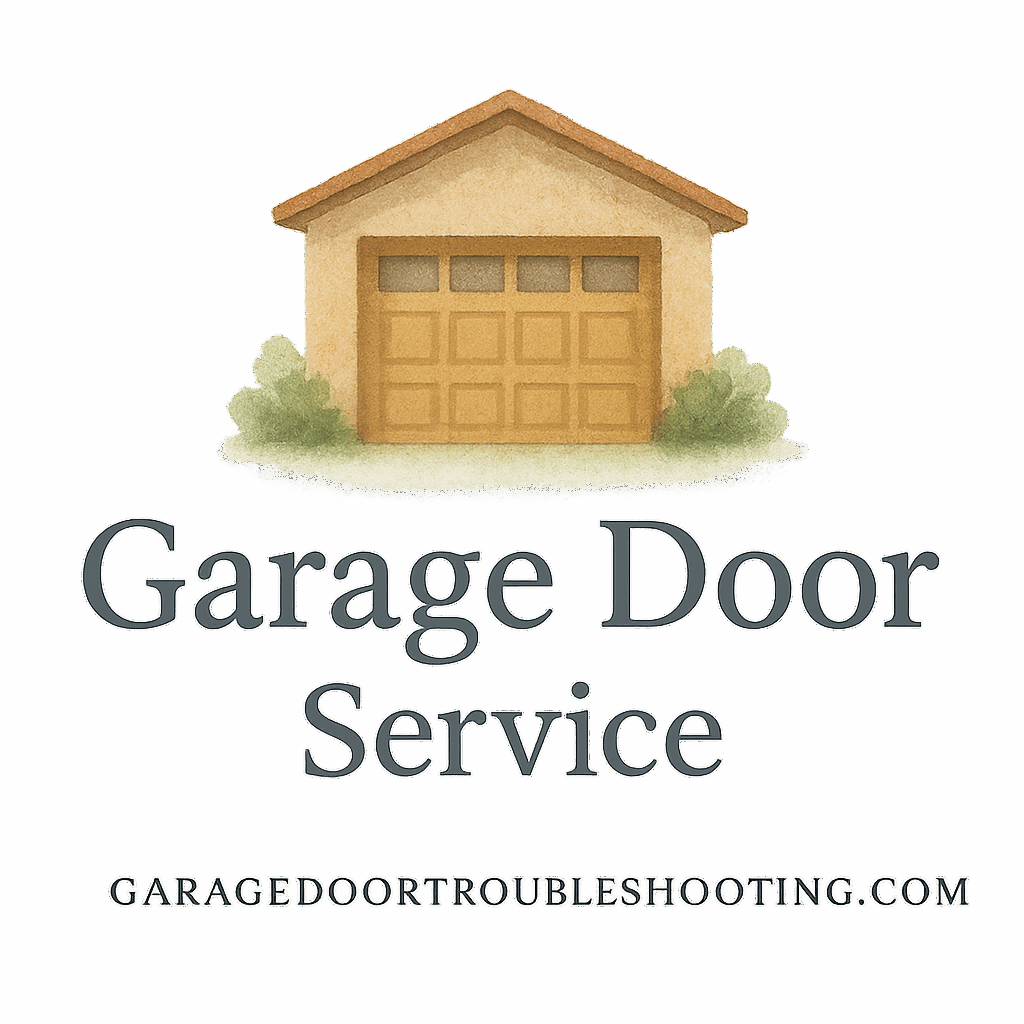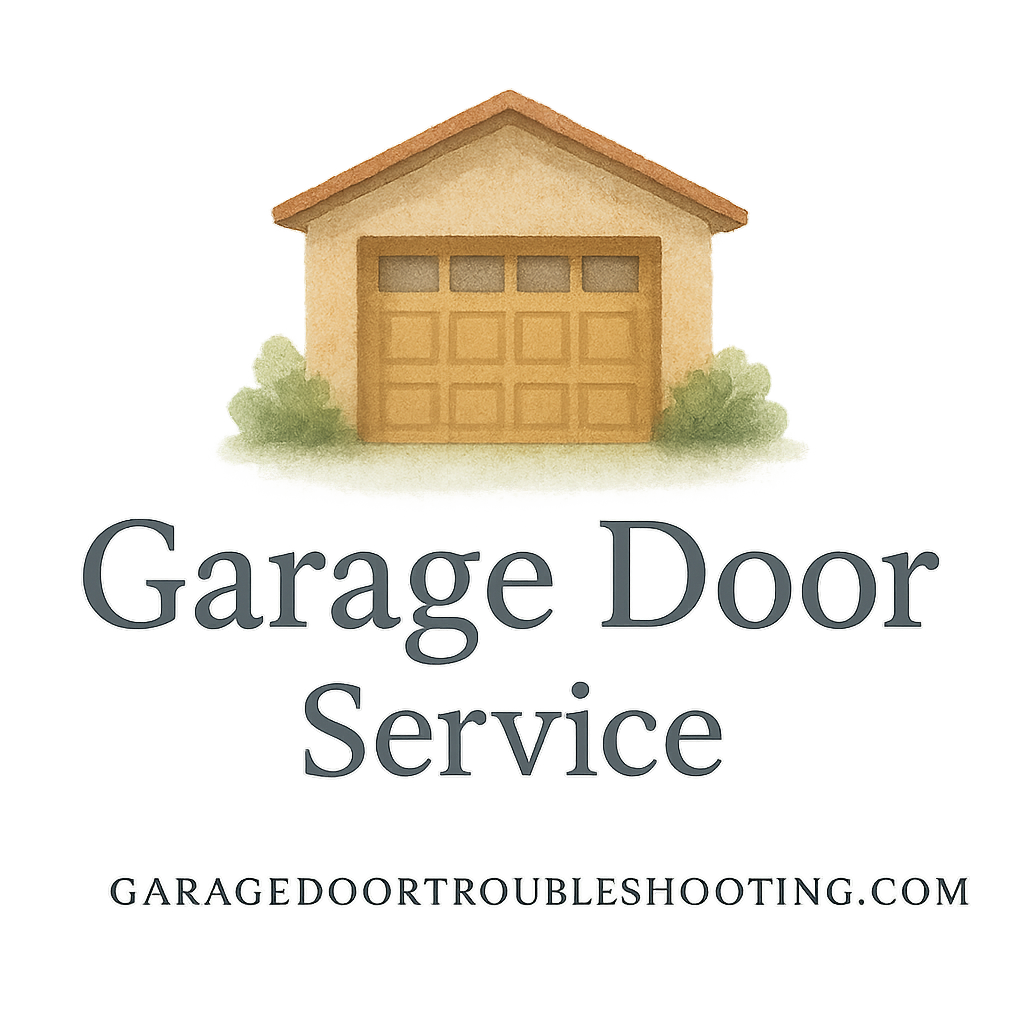Why Garage Door Maintenance Matters
Let’s face it—your garage door is probably one of the most overlooked parts of your home until something goes wrong. But did you know that regular garage door maintenance can save you time, money, and a big headache down the line? Think of your garage door like your car: it runs smoother and lasts longer when you take care of it. That’s why we’re diving into 10 essential garage door maintenance tips every homeowner should know.
How Often Should You Maintain Your Garage Door?
Here’s the good news—garage door maintenance isn’t a weekly chore. A good rule of thumb is to inspect it every 3–6 months and perform basic maintenance twice a year. Of course, if your door is showing signs of trouble, don’t wait.
1. Visual Inspection is a Must
What to Look For During Visual Checks
Take a few minutes to walk around your garage door. Look for frayed cables, rusted springs, misaligned tracks, and bent rollers. Keep an eye out for unusual wear and tear.
How to Spot Early Signs of Wear
Strange noises, slow movement, or visible sagging are red flags. Catching these early can prevent major repairs later.
2. Lubricate Moving Parts Regularly
Best Lubricants for Garage Doors
Use a silicone-based lubricant or white lithium grease. Avoid WD-40—it’s more of a cleaner than a proper lubricant.
How Often Should You Lubricate?
Lubricate hinges, rollers, springs, and tracks every 6 months for optimal performance.
3. Check Garage Door Balance
Why Door Balance Matters
An unbalanced door strains your opener and can lead to more expensive issues.
How to Test the Balance Safely
Disconnect the opener and lift the door halfway. If it stays in place, it’s balanced. If not, call a pro—don’t try to fix this yourself.

4. Inspect and Replace Weatherstripping
Benefits of Proper Sealing
Weatherstripping keeps out pests, rain, and cold drafts—plus it helps your energy bill.
Signs It’s Time for Replacement
If it’s cracked, brittle, or peeling off, it’s time to replace it. It’s a quick DIY job and makes a big difference.
5. Test Auto-Reverse Safety Features
How to Test Photo Eye Sensors
Place an object (like a cardboard box) in the door’s path and try closing it. If it doesn’t reverse, your sensors may be misaligned.
Adjusting the Auto-Reverse Mechanism
Sometimes, all it takes is cleaning the sensors or slightly adjusting their angle.
6. Tighten Up Loose Hardware
Common Loose Parts to Watch Out For
Bolts, brackets, hinges, and roller brackets often work loose over time.
Safety Precautions During Tightening
Always unplug the opener and avoid touching springs or cables.
7. Clean and Paint Your Garage Door
Cleaning Tips for Different Materials
Use mild soap and water for metal or fiberglass. Wood doors might need a little sanding.
Repainting to Prevent Rust
A fresh coat of paint not only boosts curb appeal but prevents rust and decay.
8. Check the Cables – But Don’t DIY Repairs
Visual Signs of Cable Damage
Fraying, rust, or visible slack are warning signs.
Why Cable Repairs Are Dangerous
These are high-tension parts—treat them with respect. Call in the pros if you suspect damage.
Check out our full guide on garage door repair for more safety tips.
9. Replace Remote Batteries and Test Openers
Signs Your Remote Battery is Dying
If you’re hitting the button twice or standing closer than usual, it’s probably the battery.
Maintaining Your Opener Unit
Dust the unit, check the wiring, and make sure the chain or belt drive is in good shape.
10. Schedule Annual Professional Maintenance
What Professionals Inspect and Fix
Pros will check alignment, springs, safety features, and more. They’ll spot things you might miss.
Finding a Trusted Garage Door Service
Look for certified technicians with great reviews. Visit Garage Door Services & Professionals to find trusted help.
Bonus Tip: Create a Seasonal Maintenance Plan
Set reminders on your phone, tie it to spring cleaning, or check out our Garage Door Maintenance Tips page to build your own checklist.
Conclusion
Garage door maintenance isn’t just about keeping things running—it’s about protecting your home and your family. With a little effort twice a year, you can prevent costly breakdowns and extend the life of your garage door.
For more detailed info, check out:
FAQs
1. How often should I inspect my garage door?
Every 3–6 months for inspections, and full maintenance every 6–12 months.
2. Can I use WD-40 on garage door parts?
Not recommended. Use white lithium grease or silicone-based lubricants.
3. What’s the lifespan of a garage door opener?
Typically 10–15 years with proper maintenance.
4. Are garage door springs safe to replace myself?
No. They are under high tension and should only be handled by professionals.
5. What if my door makes a loud noise when opening?
It might need lubrication or hardware tightening. If noise persists, contact a technician.
6. Can weather affect garage door performance?
Yes. Cold can stiffen parts and heat can wear out electronics—seasonal maintenance helps.
7. Where can I learn more about garage door safety?
Check out our Safety Tips Hub for expert advice.
For more homeowner tips and guides, visit:
- https://garagedoortroubleshooting.com/tag/homeowner-tips
- https://garagedoortroubleshooting.com/tag/maintenance
- https://garagedoortroubleshooting.com/tag/service
Stay safe, stay smart, and keep that garage door humming!


